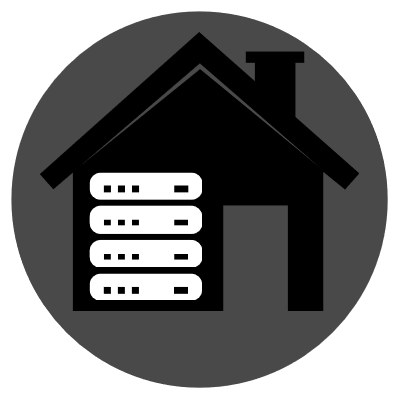I thought it would be cool to have my own TLD, but apparently it’s all managed by the ICANN, so you can’t just name your website with any TLD you want. There are different prices. But at least you can customize your second level domain. Why aren’t TLDs like this?


Thanks for answering! I was more wondering what kind of issue DNS solved and why it was solved that way. Also if anyone thought of another solution.
I also read the history here (https://cyber.harvard.edu/icann/pressingissues2000/briefingbook/dnshistory.html), and it still seems pretty sketchy to me that the concern of website names being inaccessible to small businesses and such was solved with the ICANN. Didn’t this just make domain names into stuff you could speculate with? I may be tweaking rn, but I don’t think it’s necessarily right.
The issue DNS solves is the same as the phone book. You could memorize everyone’s phone number/IP, but it’s a lot easier to memorize a name or even guess the name. Want the website for walmart? Walmart.com is a very good guess.
Behind the scenes the computer looks it up using DNS and it finds the IP and connects to it.
The way it started, people were maintaining and sharing host files. A new system would come online and people would take the IP and add it to their host file. It was quickly found that this really doesn’t scale well, you could want to talk to dozens of computers you’d have to find the IP for! So DNS was developed as a central directory service any computer can request to look things up, which a hierarchy to distribute it and all. And it worked, really well, so well we still use it extensively today. The desire to delegate directory authority is how the TLD system was born. The host file didn’t use TLDs just plain names as far as I know.
At least in windows, the hosts file can point from any domain to any IP. In theory you can do things like point advertising domains to 127.0.0.1 if you wanted to make sure web requests never made it off your local machine. I did this a lot back in the day to test websites running locally but pointed to a friendlier name than localhost:randomport
I understand. Thank you!
There’s definitely been a surge in speculation on domain names. That’s part of the whole dotcom bubble thing. And it’s why I’m glad TLDs are still really hard to obtain, because otherwise they would all be taken.
Unfortunately there’s just no other good way to deal with it. If there’s a shared namespace, someone will speculate the good names.
Different TLDs can help with that a lot by having their own requirements. .edu for example, you have to be a real school to get one. Most ccTLDs you have to be a citizen or have a company operating in the country to get it. If/when it becomes a problem, I expect to see a shift to new TLDs with stronger requirements to prove you’re serious about your plans for the domain.
It’s just a really hard problem when millions of people are competing to get a decent globally recognized short name, you’re just bound to run out. I’m kind of impressed at how well it’s holding up overall despite the abuse, I feel like it’s still relatively easy to get a reasonable domain name especially if you avoid the big TLDs like com/net/org/info. You can still get xyz for dirt cheap, and sometimes there’s even free ones like .tk and .ml were for a while. There’s also several free short-ish ones, I used max-p.fr.nf for a while because it was free and still looks like a real domain, it looks a lot like a .co.uk or something.